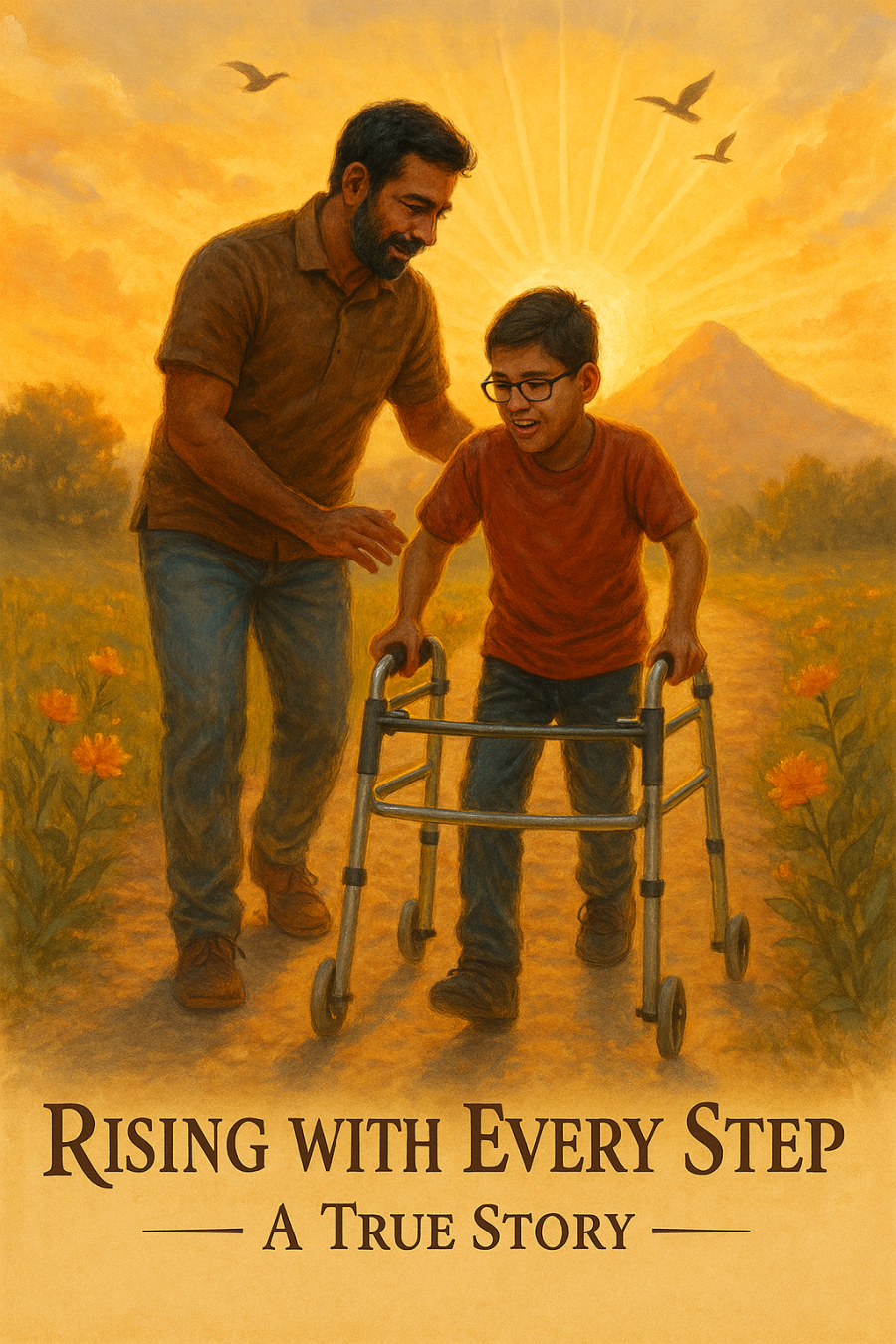- Argentina
- Australia
- Austria
- Bahrain
- Belgium
- Bhutan
- Brazil
- Brunei
- Cambodia
- Canada
- Chile
- China
- Colombia
- Cyprus
- Denmark
- Fiji
- Finland
- France
- Germany
- Greece
- Hong Kong SAR China
- Hungary
- India
- Indonesia
- Iran
- Iraq
- Israel
- Italy
- Japan
- Jordan
- Kenya
- Kuwait
- Luxembourg
- Macau SAR China
- Malaysia
- Maldives
- Mauritius
- Myanmar [Burma]
- Nepal
- Netherlands
- New Zealand
- Norway
- Oman
- Philippines
- Poland
- Portugal
- Qatar
- Russia
- Saudi Arabia
- Singapore
- South Africa
- South Korea
- Spain
- Sri Lanka
- Swaziland
- Sweden
- Switzerland
- Taiwan
- Thailand
- Turkey
- Ukraine
- United Arab Emirates
- United Kingdom
- United States
- Vietnam
- Yemen
- Zimbabwe
Adaptive devices for individuals with cerebral palsy (CP)

Adaptive devices for individuals with cerebral palsy (CP)
Adaptive devices for individuals with cerebral palsy (CP) are designed to enhance mobility, communication, and daily living skills. These devices cater to the unique needs of those with CP, helping them to overcome physical and communicative barriers. Here are several categories of adaptive devices and examples within each:
1. Mobility Aids
These devices assist individuals in moving around more easily and independently.
- Wheelchairs: Both manual and powered wheelchairs are available. Powered wheelchairs often come with advanced features such as tilt, recline, and custom seating to provide support and comfort.
- Walkers and Gait Trainers: Devices like posterior walkers and gait trainers help individuals practice walking and improve their gait.
- Standing Frames: These devices help individuals stand upright, which is important for bone health and circulation.
- Orthotic Devices: Braces and splints help support and align limbs, improve function, and prevent contractures.
2. Communication Aids
These devices help individuals with CP who have difficulty with speech.
- Augmentative and Alternative Communication (AAC) Devices: Tablets and specialized communication boards with speech-generating software allow individuals to communicate through symbols, text, and pictures.
- Speech Generating Devices (SGDs): Dedicated devices that produce spoken language either through pre-recorded messages or by converting typed text to speech.
- Eye-Gaze Systems: For individuals who cannot use their hands, eye-gaze technology allows them to control a computer or communication device using their eye movements.
3. Daily Living Aids
These tools assist with everyday tasks to promote independence.
- Adaptive Utensils: Specialized forks, spoons, and knives with ergonomic designs or features like built-up handles to make eating easier.
- Bathing and Toileting Aids: Shower chairs, commode chairs, and grab bars for safety and independence in the bathroom.
- Dressing Aids: Tools like button hooks, zipper pulls, and adaptive clothing that make dressing easier.
- Environmental Control Units (ECUs): Devices that allow individuals to control lights, appliances, and other household items through switches, voice commands, or computer systems.
4. Educational Aids
These devices support learning and academic participation.
- Adaptive Computers and Software: Customizable keyboards, touch screens, and educational software tailored to the user’s abilities.
- Switch-Activated Toys and Learning Tools: These encourage interaction and engagement in play and learning activities through simple switch activation.
5. Recreational Aids
Devices designed to facilitate participation in sports and recreational activities.
- Adaptive Bicycles and Tricycles: Modified bikes with extra stability and support.
- Accessible Playgrounds: Playgrounds equipped with swings, slides, and other equipment designed for children with disabilities.
- Adaptive Sports Equipment: Gear tailored for sports like swimming, basketball, and skiing, such as specially designed wheelchairs and prosthetics.
Customization and Professional Assessment
It's essential for individuals with CP to work with healthcare professionals, such as occupational therapists, physical therapists, and speech-language pathologists, to determine the most appropriate adaptive devices. These professionals can conduct thorough assessments and recommend devices that meet the specific needs and abilities of the user.
Overall, the goal of adaptive devices for individuals with cerebral palsy is to enhance their quality of life, promote independence, and support their participation in various aspects of daily living and social activities.

 by Admin
by Admin


